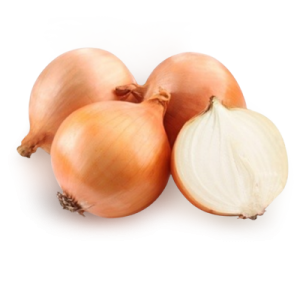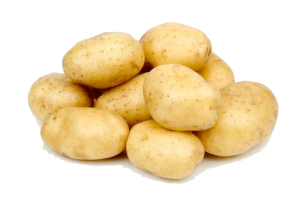Horticulture Services
Horticulture Objective
The primary objective of Horticulture is to increase local production of fruit and vegetables and to reduce our dependence on imported horticulture fresh produce.
Horticulture Vision
To stimulate the Namibian Horticulture Sector by providing an enabling environment for quality fresh produce to consumers.
Overview of Horticulture
The primary objective of horticulture development is to increase the local production and supply of horticulture fresh produce in Namibia. In response, the National Horticulture Development Initiative (NHDI) was established during 2002 by the Namibian Agronomic Board (NAB), in partnership with the Ministry of Agriculture, Water and Forestry (MAWF). This was a strategic intervention in the development of Namibia’s horticulture industry, which ultimately led to fresh fruit and vegetables being gazetted as controlled products during 2002, under Section 2 of the Agronomic Industry Act (Act 20 of 1992).
As detailed in the primary Market Share Promotion (MSP) performance in figure 1 (excluding adhoc amnesty and exports by traders), the market share of local produce was 43 percent during the MSP review period, Quarter 1 of 2017 to Quarter 1 of 2018 .
The primary MSP obtained was inopportunely beneath the established MSP threshold of 44 percent predominantly due to insufficient local supply of some of the high value special controlled produce such as potatoes, onions, tomatoes and green pepper. The overall performance of the horticulture industry during the current review period may still be considered satisfactory considering the above average primary MSP performance in three out of five quarters under scrutiny. Noteworthy is the declining trend portrait in the overall onion supply market over the past three consecutive financial periods due to reduced exports owing to uncertainties in the Angolan export market as well as reduced imports due to the extended closed border period for special controlled onions.
During the 2017/2018 financial period, Namibia consumed 81,452 tonnes of horticulture fresh produce in the formal market, worth an estimated N$643 million. Noteworthy is the increased local supply of formally traded horticulture fresh produce apart from an unsolicited reciprocal upsurge in both imports and local supply of fresh produce (both in tonnages and value). The comparative analysis (figure 2 and 3) display an increase of 17 percent in tonnages, and 5 percent increase in monetary value, over the previous financial period.
Figure: Top horticulture products traded in the formal market (2017 -2018).
ONIONS
 The figure below: Illustrates the performance of onions in terms of tonnage and value per ton of domestically produced onions either traded in the formal market or exported versus imports of onions. Domestic production (domestic consumed tonnage plus export tonnage) declined from 11,800 tonnes in 2016/17 to 10,700 tonnes in 2017/18, of which 3184 tonnes worth N$20 million were traded in the domestic formal market, and 7500 tonnes exported primarily to the Angolan export market.
The figure below: Illustrates the performance of onions in terms of tonnage and value per ton of domestically produced onions either traded in the formal market or exported versus imports of onions. Domestic production (domestic consumed tonnage plus export tonnage) declined from 11,800 tonnes in 2016/17 to 10,700 tonnes in 2017/18, of which 3184 tonnes worth N$20 million were traded in the domestic formal market, and 7500 tonnes exported primarily to the Angolan export market.
The downward trend in the overall onion supply market over the past three consecutive financial periods, may be attributed to, the prolonged closed border period for special controlled onions which resulted in less imports, as well as the perceived uncertainties and marketing challenges in the Angolan export market, that also led to reduced local plantations.
Onions: formal market tonnage (2013-2018)
Onions: formal market value (2013-2018)
POTATOES
 The figures below indicates the performance of potatoes in terms of tonnage and value per ton of domestically produced potatoes either traded in the formal market or exported versus imports of potatoes.
The figures below indicates the performance of potatoes in terms of tonnage and value per ton of domestically produced potatoes either traded in the formal market or exported versus imports of potatoes.
Domestic production increased substantially from 5544 tonnes in 2016/17 to 7843 tonnes (42% increase) in 2017/18. However, and in spite of this, Namibia still imported 23655 tonnes of washed potatoes during 2017/18 and exported only a mere 456 tonnes of unwashed and brushed potatoes. Hence, efforts are being made through the commissioning of in-house research on interventions to increase the local production and supply of potatoes for import substitution.
Potatoes : formal market tonnage (2013/2018)
Potatoes: formal market value (2013/2018)
